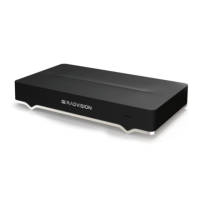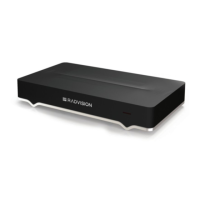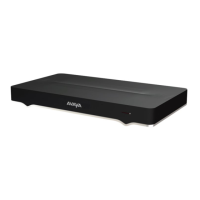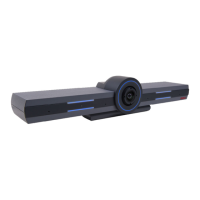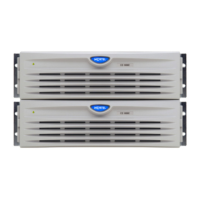Since the location of the XT Series is not fixed, the ports' source and destination differ depending on
your XT Series topology. There are two main deployment topologies for the XT Series, each with
optional additional components:
• XT Series as an endpoint (standard topology)
• XT Series with Scopia XT Desktop (XT Series SMB Edition)
Typically, XT Series endpoints connect to a conference managed by Equinox Management, and
hosted on the Scopia Elite MCU. XT Series endpoints may be both within and outside the
enterprise. See
Figure 11: Standard topology for Avaya Scopia
®
XT Series on page 33.
Media Server/MCU
Equinox Management
XT Series
XT Series
XT Series
Scopia Control
Figure 11: Standard topology for Avaya Scopia
®
XT Series
In contrast, in the XT Series SMB Edition topology, Scopia Desktop Clients join the conference via
Scopia XT Desktop Server, located in the DMZ. The Scopia XT Desktop Server then connects to an
XT Series endpoint with built-in MCU located inside the enterprise. External and internal XT Series
endpoints connect directly to the XT Series endpoint with built-in MCU. See Figure 12: XT Series
SMB Edition topology on page 33.
XT Series
XT Series
Equinox Client
Desktop Server
XT Series with built-in MCU
Figure 12: XT Series SMB Edition topology
Avaya Equinox H.323 Edge provides a complete firewall and NAT traversal solution for H.323
deployments, enabling secure connectivity between enterprise networks and remote sites. Avaya
Equinox H.323 Edge enables registered external endpoints to traverse the firewall without requiring
Implementing Port Security for the Avaya Scopia
®
XT Series
January 2017 Avaya Scopia
®
XT Series Deployment Guide 33
Comments on this document? infodev@avaya.com

